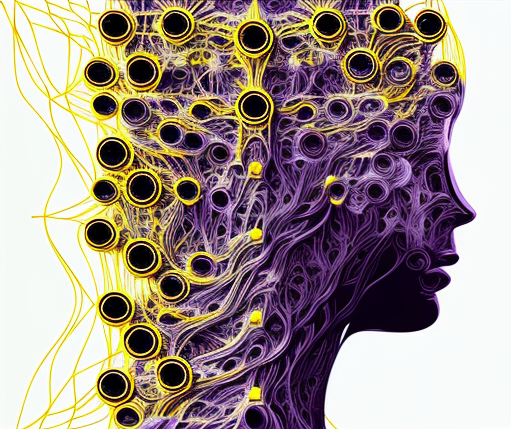If you’re delving into the captivating realm of reinforcement learning (RL), it’s crucial to grasp the fundamental distinction between two key methodologies that shape the core of this field: model-based methods and model-free methods. In this article, we will explore these methodologies in-depth, shedding light on their unique characteristics and applications within the realm of RL.
Understanding the Essence of Reinforcement Learning
Before we dive into the nuances of model-based and model-free approaches, let’s establish a foundational understanding of RL. At its core, RL is a framework that empowers intelligent agents to interact with an environment and learn optimal actions to maximize cumulative rewards. An RL environment is often described using a Markov decision process (MDP), comprising states, rewards, and actions. The agent’s ultimate goal is to strategically navigate this environment, accumulating rewards along the way.
The Role of the Agent
Central to the concept of RL is the agent, which can be likened to the unit cell of reinforcement learning. The agent receives rewards from the environment, and its primary objective is to optimize its actions through specialized algorithms to maximize its rewards. Whether it’s a robotic hand deftly moving a chess piece or executing welding operations on automobiles, the agent is the driving force behind these actions.
The Significance of Models in Reinforcement Learning
Now, let’s delve into the heart of the matter—the role of models in RL. Models are pivotal components that facilitate planning within the RL framework. They enable agents to make informed decisions by envisioning potential future scenarios. Methods that employ models and planning as their primary strategy are aptly named model-based methods. These contrast with simpler model-free methods, which primarily rely on trial-and-error learning.
The Model in RL
In the context of RL, the term “model” refers to whether the agent employs a learning mechanism through environmental actions or not. RL agents have the flexibility to use a model for making predictions about the next reward or to solicit the model’s input for expected future rewards. Think of it as a computer playing a strategy game like Chess or Go, where the rules can either be pre-programmed or learned dynamically—a concept that embodies the aspiration of AI.
Model-Free vs. Model-Based Systems
To gain a clearer perspective on model-free systems, let’s juxtapose them against model-based systems. In a model-free system, the environment’s response to local actions is not a primary consideration. Models, on the other hand, must exhibit a reasonable degree of accuracy to be effectively leveraged. Model-free methods can offer advantages, especially when the challenge lies in constructing a sufficiently precise environment model. Moreover, they serve as crucial building blocks for more complex model-based methods.
The Dynamics of Model-Free Agents
When the environment of a model-free agent undergoes changes in response to the agent’s actions, the agent must accumulate fresh experiences in this altered context. These experiences enable the agent to update its policy and/or value function. Changing an action within the policy or adjusting an action value associated with a state necessitates the agent’s immersion in that state, repeated action, and a firsthand encounter with the consequences.
Embracing Modern Reinforcement Learning
In contemporary RL, a plethora of algorithms lean towards the model-free paradigm. This preference stems from their adaptability across diverse environments and their ability to swiftly respond to novel and uncharted states. A notable example is found in the work of Barto and Sutton, who showcased model-free RL using a rat navigating a maze. In this scenario, the strategy relies on the accumulation of action values for state-action pairs, gathered over numerous learning trials. The rat’s decision-making process revolves around selecting the action with the highest associated value for each state.
The Dichotomy of Model-Free and Model-Based RL
Drawing inspiration from the wisdom of RL pioneers like Richard Sutton, it becomes evident that both model-free and model-based algorithms have their rightful place in the arsenal of RL practitioners. Each approach brings unique strengths to the table, and the art of reinforcement learning often involves judiciously blending these methodologies to tackle diverse challenges.
In conclusion, the world of reinforcement learning is a captivating landscape where the interplay between model-based and model-free methods defines the strategies employed by intelligent agents. By understanding the nuances and applications of these methodologies, we gain valuable insights into the evolution and future potential of AI and RL.










Leave a Reply